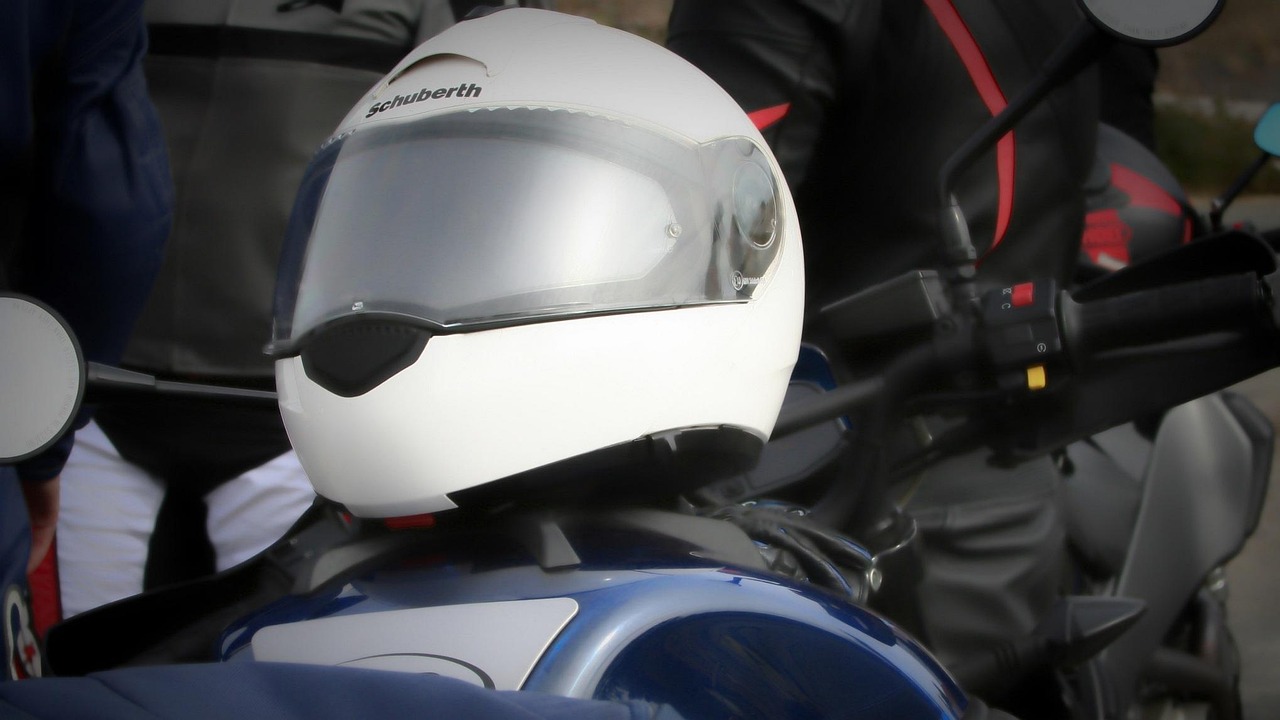Physical Address
304 North Cardinal St.
Dorchester Center, MA 02124
Physical Address
304 North Cardinal St.
Dorchester Center, MA 02124

If you’ve ever gone riding with friends, you’ve probably faced this headache: everyone’s got a Bluetooth helmet, but half of them won’t talk to each other. You try pairing, tapping buttons, waiting for the beep—and nothing. So, what’s the deal? Can all Bluetooth motorcycle helmets actually sync with each other?
Short answer: not really. But let’s break down why—and what you can do about it.
Bluetooth helmets are brilliant for modern riders. They let you chat with friends, listen to music, and get GPS directions—all without fumbling for your phone. Inside, there’s a small Bluetooth unit that links your helmet to other devices within about 1,000 metres (give or take).
In theory, any Bluetooth device should connect to another. But in practice? Motorcycle helmet brands have their own versions of Bluetooth communication, and they don’t always play nicely together. Whether you’re using stylish vintage full face helmets with visor or a high-tech intercom setup, compatibility can be tricky.
Here’s the truth: most Bluetooth helmets are brand loyal. Companies like Sena, Cardo, and Lexin build their intercom systems using proprietary software, meaning they’re designed to work best with their own gear.
That means your Sena 50S will chat effortlessly with another Sena—but try linking it to a Cardo Packtalk, and suddenly it’s like they’re speaking two different languages. You might get a connection, but the sound is weaker, the range drops, and group chats usually fail.
It’s not that the technology can’t do it—it’s that each brand tweaks it in its own way. This is especially noticeable when newer models try to connect to comfortable helmets for beginners or older systems.
Some helmets offer something called Universal Intercom Mode. It sounds great, right? Unfortunately, it’s more like a Bluetooth handshake than a proper group chat.
It works by connecting through the phone channel, not the intercom system, so it’s limited. You can talk one-on-one with a friend using another brand, but you’ll lose group chat, noise control, and long-range clarity.
Still, it’s better than nothing—perfect for short trips or small groups who just want to stay in touch, especially if you’re rocking one of the top rated quiet motorcycle helmets that make communication crisp and clear.
Then came Mesh technology, and things started to get interesting.
Mesh intercoms—like Cardo’s Dynamic Mesh or Sena’s Mesh Intercom—allow riders to connect automatically. You don’t even have to pair; the helmets find each other and create a self-healing network. If someone drops out of range, they reconnect as soon as they’re back.
It’s smooth, reliable, and crystal clear. The only problem? Sena’s Mesh doesn’t talk to Cardo’s Mesh. Yep, we’re back to square one. Even some of the best full face motorcycle helmets with Bluetooth and intercom can’t bridge that gap yet.
If your riding group is a mix of different brands, don’t worry—it’s still manageable. Here are a few tips:
And honestly, if you ride together often, it’s worth agreeing on one brand. That way, everyone enjoys full features, a better range, and no frustration—especially riders who prefer comfortable modular motorcycle helmets for large heads.
Even within the same brand, not every model works perfectly together. A Sena SMH10, for example, can connect to a Sena 50S, but you’ll lose access to Mesh and some advanced functions. It’s kind of like trying to plug old software into a new computer—it’ll work, just not perfectly.
That’s why some riders still love classic German motorcycle helmets—they might skip the tech but never fail in timeless style. And if you want something that stands out, a purple full face motorcycle helmet can turn heads while keeping you safe.
For those who prefer something unique, even a baseball hat style motorcycle helmet or playful helmets with removable cat ears can be conversation starters at every meet-up.
Not yet.
Most helmets can connect in some way, but you’ll lose quality, range, and cool features if you mix brands. The most reliable setup is when everyone uses the same brand and model—then you get the full experience: crystal-clear sound, wide range, and instant reconnection.
The good news? Tech is moving fast. Helmet companies are already working toward true universal communication, where every helmet connects seamlessly, no matter the logo on the side.
Until then, the best way to stay in touch on the road is to understand your gear, keep it updated, and ride with compatible systems.
Because when you’re out there, wind in your face, throttle in your hand, and your mates chatting in your ears—connection matters.